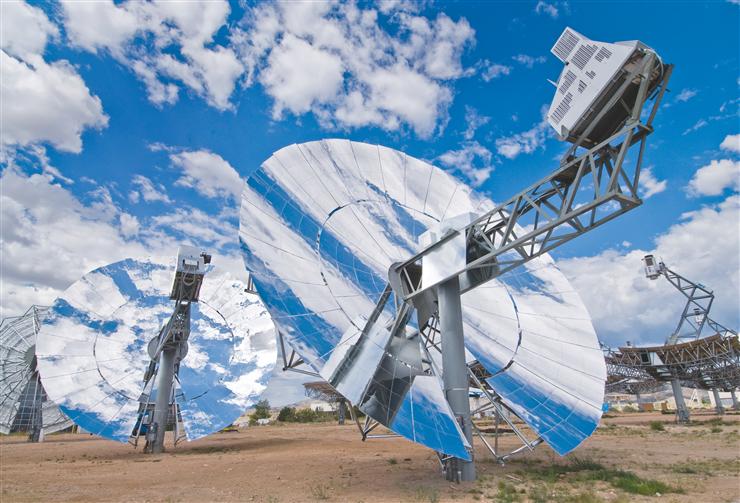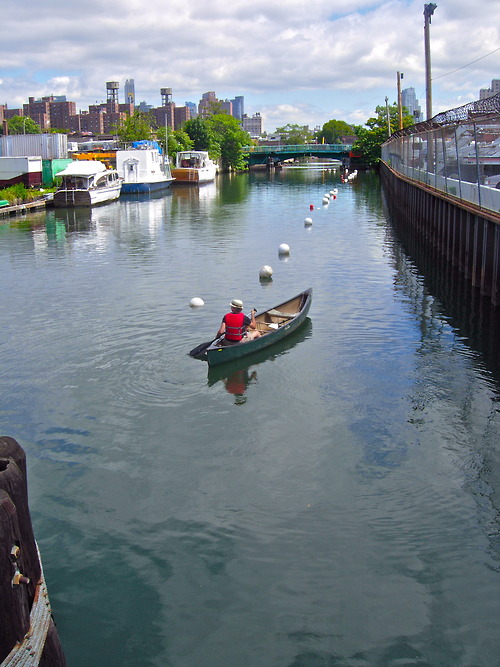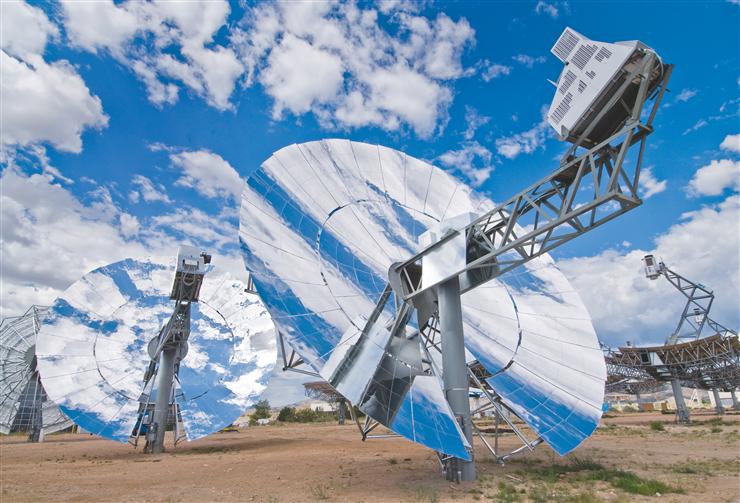 California plans to install 29,000 of these Suncatchers in the desert.Photo: Stirling Energy SystemsWhile efforts to pass federal climate change legislation have stalled and a fight rages in California to overturn its global warming law at the ballot box, Golden State regulators have been licensing massive desert solar power plant projects at a breakneck pace in recent weeks.
California plans to install 29,000 of these Suncatchers in the desert.Photo: Stirling Energy SystemsWhile efforts to pass federal climate change legislation have stalled and a fight rages in California to overturn its global warming law at the ballot box, Golden State regulators have been licensing massive desert solar power plant projects at a breakneck pace in recent weeks.
On Wednesday, for instance, the California Energy Commission approved two solar projects that would generate nearly 1,000 megawatts of electricity: the 250-megawatt Genesis Solar Energy Project and the 709-megawatt Imperial Valley Solar Project.
Since Aug. 25, the energy commission has licensed six solar thermal power plants that would cover some 39 square miles of desert land and generate 2,829 megawatts. That’s nearly six times as much solar capacity as was installed in the United States last year, mostly from rooftop solar panels.
“Consider how important it is that California move aggressively toward renewables and how important these pioneering projects are,” Jeffrey Byron, a member of the California Energy Commission, said at a hearing Wednesday.
Regulators and developers are racing to put shovels to ground before the end of the year when federal incentives for large renewable energy projects will expire. The loss of federal incentives could threaten the financial viability of some of the solar projects.
The Genesis project, to be built by Florida-based energy giant NextEra Energy Resources (formerly called FPL), will build long rows of parabolic troughs in the Riverside County desert. The object is to focus sun on liquid-filled tubes suspended over the mirrors. The resulting heat creates steam that will drive an electricity-generating turbine. It’s an older solar technology that was first deployed in the 1980s in California.
Tessera Solar’s Imperial Valley project, on the other hand, will be the first big test of Stirling dish technology. Resembling a giant mirrored satellite receiver, the 38-foot-high, 40-foot-wide solar dish focuses the sun’s rays on a Stirling engine, heating hydrogen gas to drive pistons that generate 25 kilowatts of electricity. Some 29,000 of Tessera’s Suncatchers will be installed on more that 6,400 acres of desert land near the Mexican border about 100 miles east of San Diego.
Meanwhile, California Gov. Arnold Schwarzenegger this week signed into law what is thought to be the nation’s first energy storage legislation. The bill, AB 2514 could result in regulations requiring the state’s utilities to store a certain percentage of the electricity they generate in energy storage systems such as batteries, compressed air, or flywheels.
Energy storage is considered crucial for the mass deployment of solar power plants, wind farms, and other sources of intermittent renewable energy, as well to build out the smart grid.



